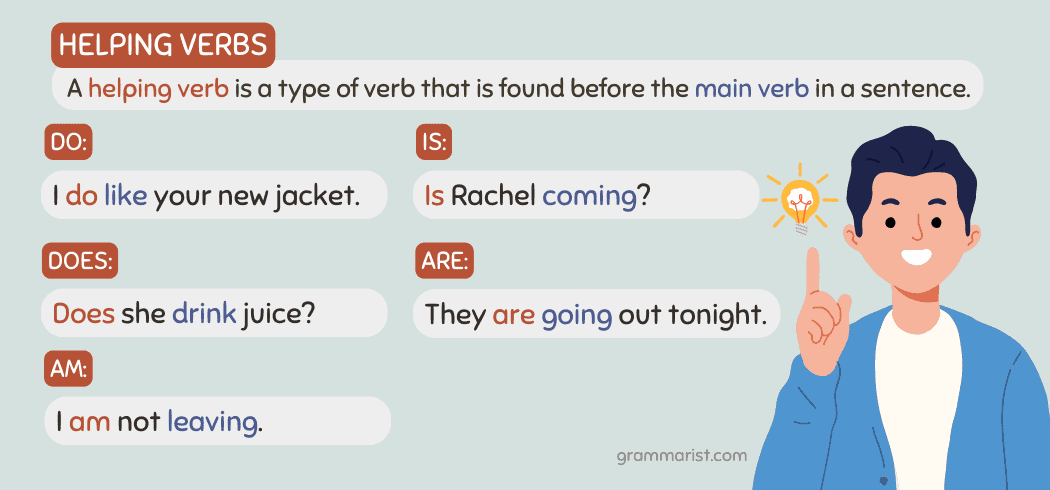Understanding Cold Cranking Amps: How Long Can a 380 CCA Automotive Battery Deliver 380 Amperes?
Introduction to Cold Cranking Amps (CCA) and Automotive Batteries
Automotive batteries are rated by several metrics, but perhaps none is as widely discussed-or misunderstood-as
cold cranking amps (CCA)
. When a battery is labeled with a CCA rating of 380, what does this mean for its real-world ability to deliver current, and more specifically:
how long can such a battery actually supply 380 amperes?
Understanding this rating is crucial for vehicle owners, mechanics, and anyone interested in reliable car starting, especially in cold weather.
What Does Cold Cranking Amps (CCA) Really Mean?
The CCA rating is a standardized measure that reflects the number of amperes a fully charged battery can deliver at 0°F (-18°C) for 30 seconds while maintaining a minimum voltage of at least 7.2 volts for a 12V battery [1] . This test is designed to simulate the demands placed on a battery when starting an engine in very cold conditions, where thickened oil and sluggish starter motors require extra power. It does not indicate that the battery can continuously supply 380 amps beyond 30 seconds, nor does it reflect the battery’s ability to deliver that current at higher temperatures or for longer durations.
Why Is the CCA Rating Important?
The CCA rating is most critical for ensuring your vehicle starts reliably in cold weather. If the CCA is too low for your engine’s requirements, starting may become unreliable or fail altogether [1] . Many manufacturers recommend checking your battery’s CCA annually, especially ahead of winter.
How Long Can a 380 CCA Battery Deliver 380 Amperes?
The
380 CCA rating
means the battery can deliver
380 amps for 30 seconds at 0°F
while maintaining at least 7.2 volts. This is a burst rating for cold engine starting-
not
a continuous discharge specification. Attempting to draw 380 amps for longer than 30 seconds, or under different conditions, can rapidly damage the battery, cause overheating, or result in voltage dropping below usable levels
[1]
. In practical terms, the battery is not designed to provide 380 amps for more than the rated 30 seconds during a cold start, and repeated high-current draws can severely shorten its lifespan.
Example: Real-World Starting Scenarios
For most passenger vehicles, the starter motor typically draws anywhere from 150 to 250 amps during cranking, with higher burst draws for larger engines or diesel vehicles. The 380 CCA rating ensures that even in very cold weather, the battery can meet these demands for a short duration. After 30 seconds, the battery’s voltage will likely fall below 7.2 volts, making continued operation unreliable or impossible [1] .
Understanding Battery Ratings: CCA vs. Reserve Capacity and Amp-Hour
While CCA is crucial for starting, there are other battery ratings to know:
- Reserve Capacity (RC): Indicates how many minutes a battery can deliver 25 amps at 80°F before voltage drops below 10.5V.
- Amp-Hour (Ah): Measures the total charge a battery can deliver over a set period, usually at a lower discharge rate (e.g., 44Ah means 44 amps for 1 hour, or 4.4 amps for 10 hours).
These ratings are more relevant for continuous electrical loads, not for cranking performance.

Source: pinterest.com
How to Evaluate If a 380 CCA Battery Is Right for Your Vehicle
The right CCA rating depends on your vehicle’s engine size, type, and the climate where you operate. For most modern compact and mid-size cars, a 380 CCA battery is adequate, but it may be marginal for larger engines or very cold climates [2] . Always check your vehicle manufacturer’s recommendation, typically found in the owner’s manual or on the battery label.
Step-by-Step Guidance for Checking Battery Suitability
- Locate your vehicle’s manufacturer-recommended CCA rating (often in the owner’s manual or under the hood).
- Compare your current battery’s CCA rating to the recommended value. If it meets or exceeds the recommendation, it is suitable for your vehicle.
- If you live in a cold climate, consider a battery with a slightly higher CCA rating for added reliability.
- Test your battery’s CCA annually, especially before winter, using a professional battery tester or at an auto parts store.
- If your battery’s CCA falls below the minimum required, replace it promptly to avoid starting issues.
Challenges & Solutions: Battery Performance and Maintenance
Automotive batteries gradually lose capacity with age, repeated deep discharges, or exposure to extreme temperatures. Regular maintenance can help extend battery life:
- Keep battery terminals clean and corrosion-free.
- Ensure the battery is securely mounted to prevent vibration damage.
- Check the electrolyte level in non-sealed batteries, topping up with distilled water as needed.
- Avoid letting the battery discharge completely, as this can permanently reduce CCA and overall capacity.
If your battery is struggling to start your engine-especially in cold weather-it may be time for a replacement.
Alternative Approaches: Upgrading or Choosing a Battery
If you frequently operate your vehicle in extremely cold conditions, you may benefit from a battery with a higher CCA rating. While it is generally safe to use a battery with a higher CCA than recommended, there is no substantial benefit in exceeding the manufacturer’s guidelines by a large margin [1] . Additionally, consider the following:

Source: britannica.com
- For vehicles with additional electrical accessories (winches, sound systems, etc.), ensure both CCA and amp-hour ratings are adequate.
- Lithium batteries may offer improved cold-weather performance and longer life, but require compatible charging systems.
Accessing Battery Testing and Replacement Services
If you are unsure about your battery’s condition or need to verify its CCA rating, you can:
- Visit a local auto parts retailer or service center-many offer complimentary battery testing using professional equipment.
- Have your regular mechanic inspect and test the battery during routine maintenance.
- If replacement is needed, ask for a battery that meets or slightly exceeds your manufacturer’s CCA requirements.
- You can find detailed battery comparisons and specifications through major battery manufacturers’ official websites or by consulting your vehicle’s manual.
To ensure you are purchasing the correct battery, use the make, model, and year of your vehicle as search terms when shopping online or at a store. For technical support, contact the manufacturer’s customer service or visit your nearest authorized dealer.
Key Takeaways and Practical Summary
A battery with a 380 CCA rating can deliver 380 amperes, but only for 30 seconds at 0°F while maintaining at least 7.2 volts. This burst capacity is designed for cold engine starting and does not indicate a battery’s ability to provide prolonged high-current power. If you need a battery for continuous power delivery or for use in extremely cold climates, always refer to additional specifications such as amp-hour rating and reserve capacity, and consider a higher CCA if appropriate. Regular testing and proper maintenance will help keep your vehicle starting reliably, year-round.



